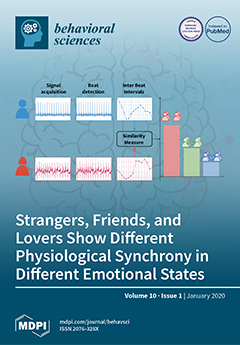Associations of modulators of quality of life (QoL) and survival duration are assessed in the fatal motor neuron disease, Amyotrophic Lateral Sclerosis. Major categories include clinical impression of mood (CIM); physical health; patient social support; and usage of interventions, pharmaceuticals, and supplements. Associations were assessed at
p < 0.05 and
p < 0.001 significance thresholds using applicable methods (Chi-square,
t-test, ANOVA, logistical regression, random forests, Fisher’s exact test) within a retrospective cohort of 1585 patients. Factors significantly correlated with positive (happy or normal) mood included family support and usage of bi-level positive airway pressure (Bi-PAP) and/or cough assist. Decline in physical factors like presence of dysphagia, drooling, general pain, and decrease in ALSFRS-R total score or forced vital capacity (FVC) significantly correlated with negative (depressed or anxious) mood (
p < 0.05). Use of antidepressants or pain medications had no association with ALS patient mood (
p > 0.05), but were significantly associated with increased survival (
p < 0.05). Positive patient mood, Bi-PAP, cough assist, percutaneous endoscopic gastrostomy (PEG), and accompaniment to clinic visits associated with increased survival duration (
p < 0.001). Of the 47 most prevalent pharmaceutical and supplement categories, 17 associated with significant survival duration increases ranging +4.5 to +16.5 months. Tricyclic antidepressants, non-opioids, muscle relaxants, and vitamin E had the highest associative increases in survival duration (
p < 0.05). Random forests, which examined complex interactions, identified the following pharmaceuticals and supplements as most predictive to survival duration: Vitamin A, multivitamin, PEG supplements, alternative herbs, antihistamines, muscle relaxants, stimulant laxatives, and antispastics. Statins, metformin, and thiazide diuretics had insignificant associations with decreased survival.
Full article






